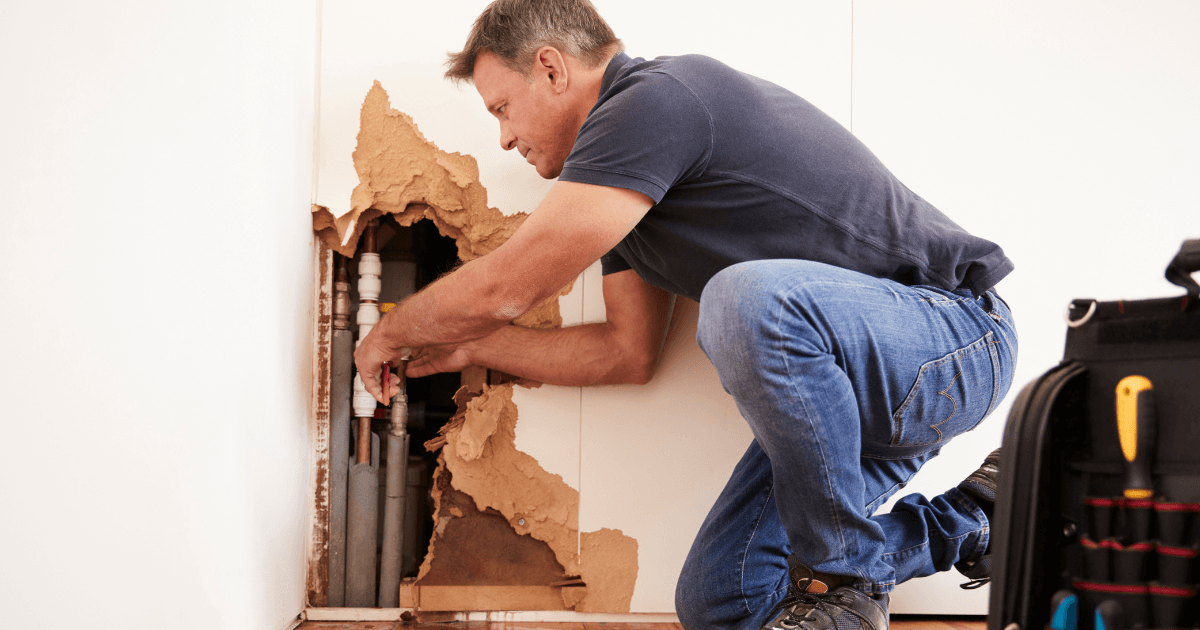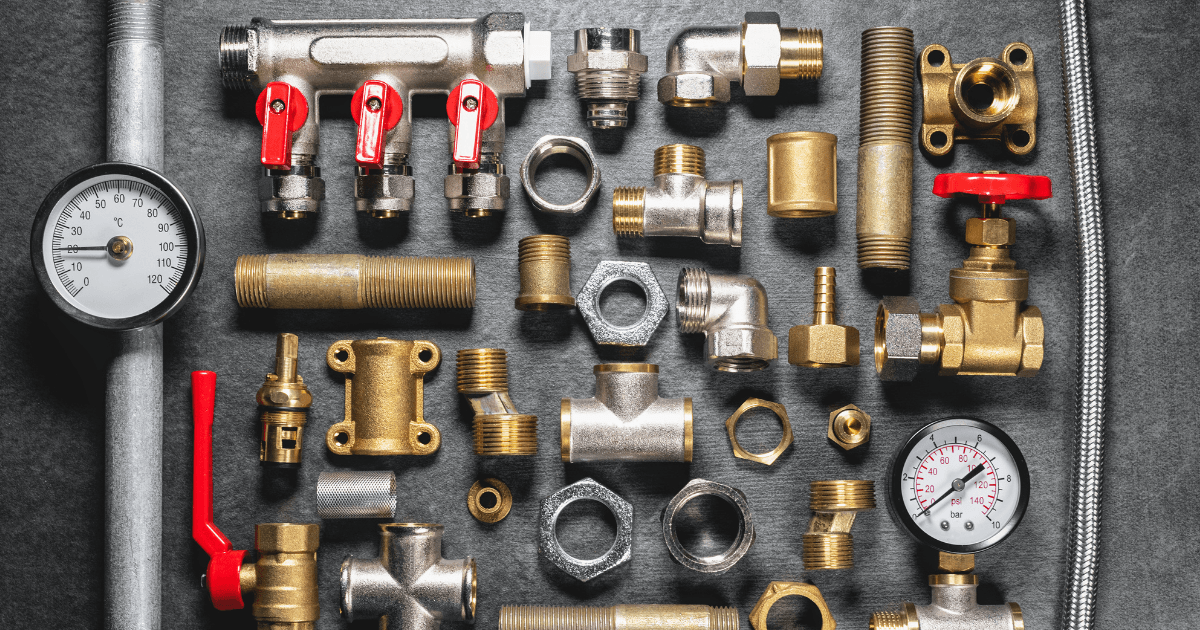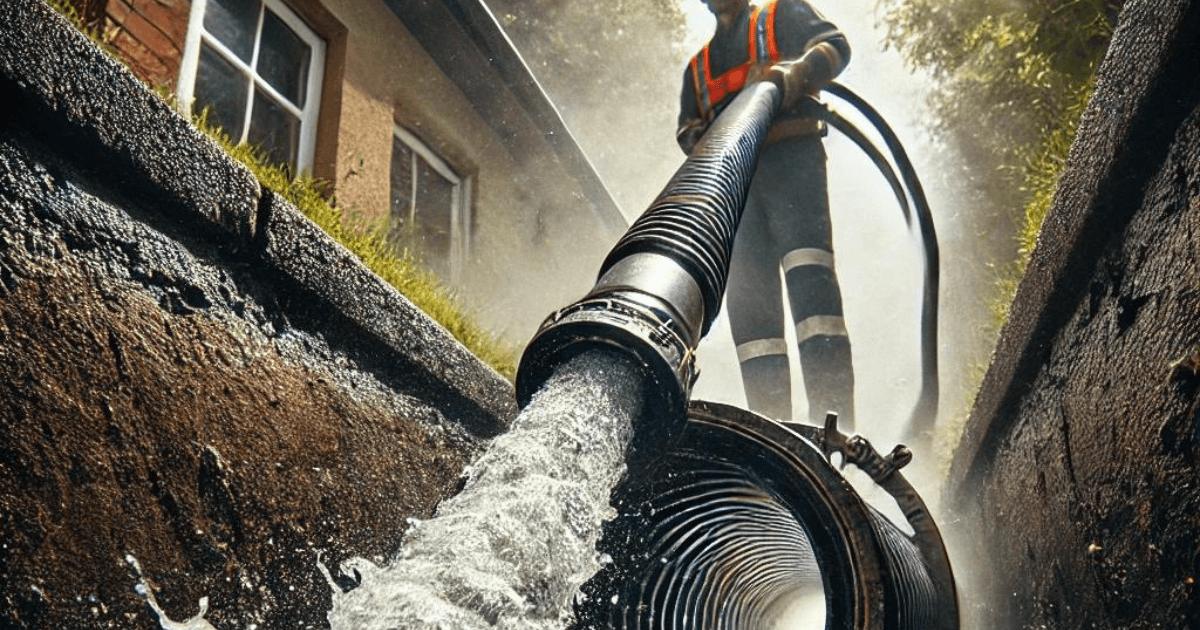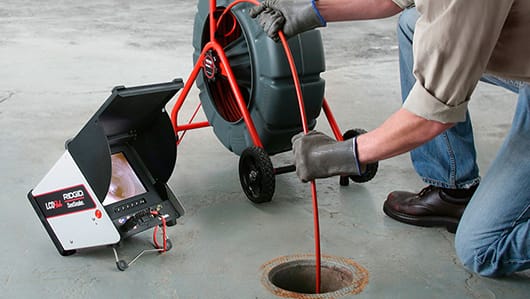Water is an essential component of life, but when it intrudes into the home, it can cause irreversible damage. Sump pumps are often considered just a preventative measure, something for people in flood-prone areas or older homes. However, by applying first-principles thinking, we can break down the core reasons why every home, regardless of geography or age, can benefit from having a sump pump installed. At its core, the sump pump protects the home’s structural integrity, financial stability, and the health of its inhabitants. Let’s explore why every home needs a sump pump by deconstructing the function and examining how sump pumps address fundamental vulnerabilities that homes face.
Reason 1: Preventing Basement Flooding – The Sump Pump as a Defense Mechanism
At its core, a sump pump’s purpose is to move water away from your home to prevent flooding. To understand its necessity, we must look at the dynamics of water movement. Water naturally flows downward due to gravity, accumulating in low points—often your basement or crawlspace. During heavy rainfall, melting snow, or rising groundwater levels, homes are vulnerable to water seeping through cracks in the foundation or flooding through drains.
Breaking It Down: Why Water Accumulates
Water doesn’t need a flood to cause problems. Even in homes that aren’t located in flood zones, basement flooding can occur. For example, soil surrounding the house can become saturated, pushing moisture into the foundation and eventually into the basement. Homes built on sloped land or near water bodies are at higher risk, but even flat terrains experience water pooling due to poor drainage.
How a Sump Pump Resolves This
The sump pump functions like an automatic gatekeeper. It sits in a sump pit, which collects water from drains or the ground. When the water reaches a certain level, the pump activates, moving water away from the home’s foundation to a drainage area. This process, simple as it may sound, is crucial in protecting homes from the damaging effects of water.
Why It Matters for All Homes
Even in areas not prone to flooding, homes can still experience water accumulation. Without a sump pump, this water can seep through cracks in the foundation, leading to basement flooding, which is often followed by costly repairs. A sump pump offers peace of mind by preventing this type of damage, ensuring your basement stays dry even in unexpected heavy rain.
Reason 2: Protecting the Foundation – Long-Term Structural Integrity
To understand how a sump pump protects a home’s foundation, we need to delve into the concept of hydrostatic pressure. Water exerts pressure in all directions, and when it accumulates around the foundation of a home, it pushes against the foundation walls. Over time, this pressure can cause cracks and leaks, compromising the structural integrity of the home.
Deconstructing Hydrostatic Pressure
Hydrostatic pressure increases when the soil surrounding a house becomes saturated with water, especially during storms or spring thaws. This constant pressure on the foundation can lead to a slow breakdown of materials. In some cases, it causes visible cracks; in others, it results in water seeping into the basement, causing long-term damage without immediate detection.
How Sump Pumps Alleviate Pressure
By actively pumping water away from the foundation, sump pumps help to reduce hydrostatic pressure. This minimizes the risk of cracks forming in the foundation, preserving the home’s structural integrity over the long term. It’s a proactive way to maintain the stability of your home, protecting it from unseen forces that work against it.
Why It Matters for All Homes
Even in homes with solid foundations, over time, water can wear down materials and create small vulnerabilities. These issues might go unnoticed for years, but eventually, they can lead to serious structural problems. Installing a sump pump is a simple and effective way to ensure that your home’s foundation stays intact for decades.
Reason 3: Preventing Mold and Mildew Growth – A Health and Safety Measure
Moisture inside a home, especially in areas like basements and crawlspaces, creates the perfect environment for mold and mildew to grow. Mold thrives in damp conditions, and once it takes hold, it can spread rapidly, posing significant health risks to occupants.
Why Mold Forms in Damp Spaces
When water seeps into a basement, even in small amounts, it increases the humidity and creates ideal conditions for mold growth. Over time, this moisture can infiltrate walls, floors, and even insulation, making it harder to detect and remove. Mold spores can travel through air systems, impacting indoor air quality and causing respiratory problems.
How Sump Pumps Mitigate Health Risks
By keeping basements dry, sump pumps remove the moisture that mold and mildew need to grow. They act as a key defense mechanism, reducing the likelihood of mold infestations and improving the overall air quality in a home. This benefit is particularly important for individuals with respiratory conditions such as asthma or allergies.
Why It Matters for All Homes
Every home is susceptible to mold if moisture is allowed to accumulate. The presence of mold can lead to significant health risks, not to mention the high costs of professional mold remediation. A sump pump ensures that your home remains a safe, dry environment, protecting both the structure and the health of its occupants.
Reason 4: Saving on Costly Repairs – Financial Peace of Mind
From a purely financial standpoint, the cost of installing a sump pump is a fraction of the potential cost of repairing water damage. Basement flooding can lead to thousands of dollars in repair bills, ranging from water extraction and drying to repairing floors, walls, and insulation. Not to mention, if the water damage affects electrical systems, the repair costs can soar.
Deconstructing the Financial Argument
Consider the cost-benefit analysis: The average cost of installing a sump pump is around $1,000-$1,500. In contrast, repairing water damage from a flooded basement can cost anywhere from $3,000 to $10,000 or more, depending on the extent of the damage. Add in mold remediation or foundation repairs, and the potential costs multiply.
How Sump Pumps Provide Financial Protection
By preventing water from entering the home, sump pumps act as a low-cost insurance policy. The initial investment of installing a sump pump is far less than the price of cleaning up after a flood. Additionally, homeowners may see lower insurance premiums or avoid disputes with insurers over claims related to water damage if preventive measures like sump pumps are installed.
Why It Matters for All Homes
Homeowners often underestimate the risk of water damage. Even a minor incident can result in significant repair bills. Installing a sump pump is an easy, cost-effective way to protect your home from unforeseen financial burdens related to water intrusion.
Reason 5: Adapting to Unpredictable Weather Patterns – Future-Proofing Your Home
Climate change has made weather patterns more unpredictable. Areas that rarely saw heavy rainfall or flooding are now experiencing more extreme weather events. Even homes that previously had little risk of flooding can be vulnerable in the future.
First Principles of Climate Adaptation
When it comes to home protection, adaptability is key. Modern weather patterns are shifting, and a home’s defenses must evolve to meet these new challenges. Just as homes are insulated to protect against temperature extremes, sump pumps protect against unexpected water intrusions caused by changing weather patterns.
How Sump Pumps Future-Proof Homes
A sump pump ensures that your home is prepared for the unexpected. Whether it’s a freak storm or seasonal changes causing higher groundwater levels, a sump pump is an adaptable solution that responds to the home’s immediate needs, protecting against future risks.
Why It Matters for All Homes
Given the unpredictability of weather patterns today, no home is immune to the risk of flooding. By installing a sump pump, homeowners can take proactive steps to protect their homes from the increasingly volatile weather conditions, ensuring that their homes are safeguarded against both current and future risks.
Conclusion: A Sump Pump is an Investment in the Future of Your Home
By breaking down the essential functions of a sump pump through first-principles thinking, we can see that it is not just a tool for flood-prone areas but a critical component for all homes. Whether it’s protecting the foundation, preventing mold, or saving on costly repairs, a sump pump provides significant value and peace of mind. In an era of unpredictable weather and increasing risks to home infrastructure, investing in a sump pump is a smart, forward-thinking decision that pays off in multiple ways. Don’t wait for water damage to force your hand—future-proof your home by installing a sump pump today.
FAQ: Why Every Home Needs a Sump Pump
1. How often should I maintain my sump pump?
You should perform a basic sump pump test every 1-3 months by pouring water into the sump pit to ensure the pump activates and drains correctly. For more in-depth maintenance, such as checking the discharge pipe and cleaning the sump pit, an annual inspection is recommended to ensure optimal performance.
2. What happens if the power goes out during a storm?
If the power goes out, a standard sump pump will stop working, which can lead to flooding. To prevent this, homeowners can install a battery backup system or a water-powered backup pump, both of which ensure the sump pump continues operating even when electricity is unavailable.
3. Can a sump pump protect my home from rising groundwater or high water tables?
Yes, a sump pump is specifically designed to manage excess groundwater. It collects water that accumulates in the sump pit and pumps it away from your home’s foundation, preventing water from seeping into your basement or crawlspace.
4. How much does it cost to install a sump pump?
The cost of installing a sump pump typically ranges between $500 and $1,500, depending on the complexity of the installation and whether you choose a standard pump or a system with additional features like a backup battery.
5. Will a sump pump help with mold problems?
While a sump pump doesn’t directly remove mold, it helps to keep basements and crawl spaces dry by preventing water intrusion, which can stop the growth of mold and mildew. Keeping your basement dry is a critical step in preventing mold infestations.
6. Do I need a sump pump if I live in a dry area?
Even in relatively dry regions, homes can experience water intrusion due to unexpected storms, seasonal rain, or plumbing leaks. A sump pump provides added security for your basement and foundation, even if flooding is not a regular concern.




